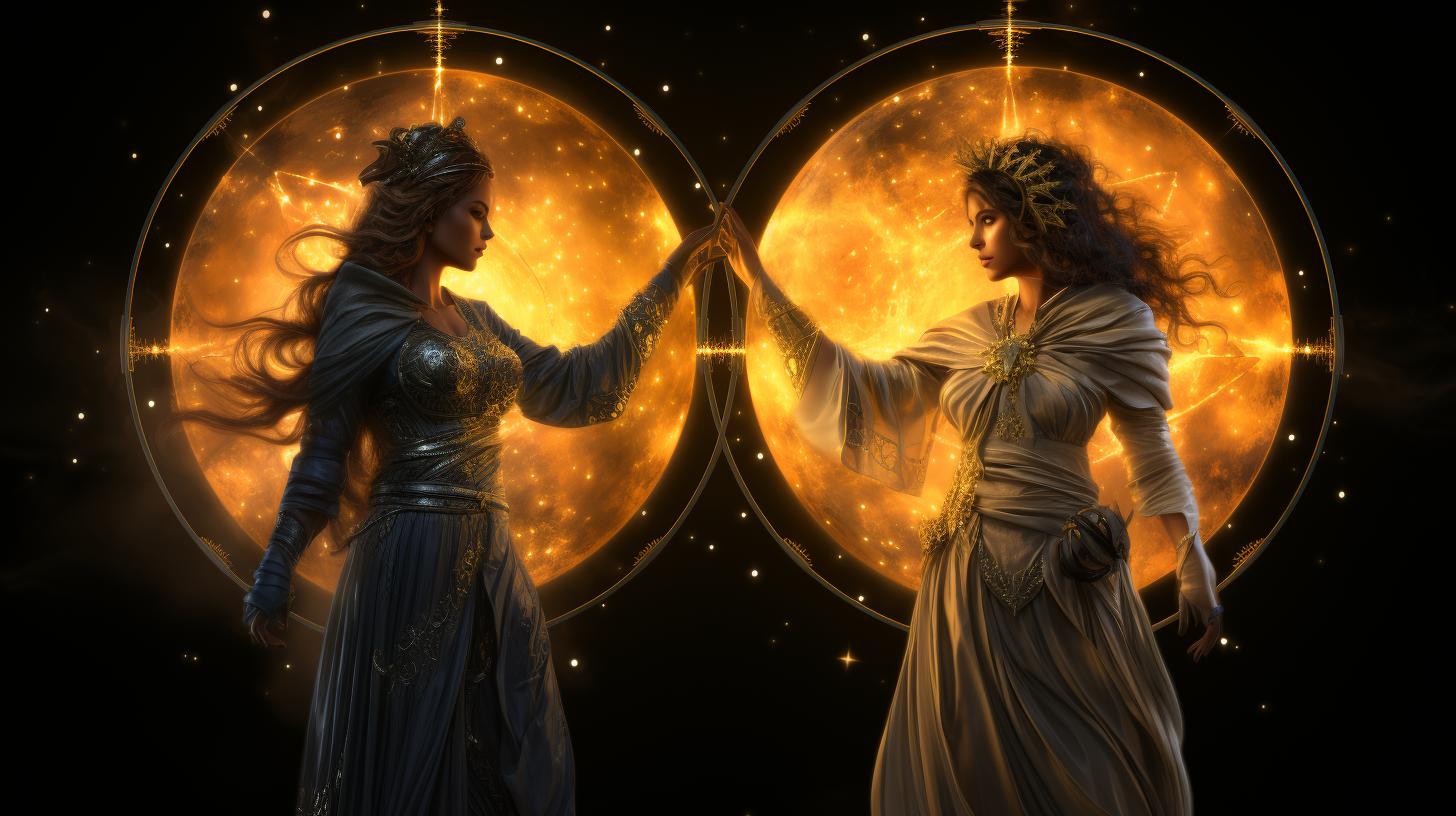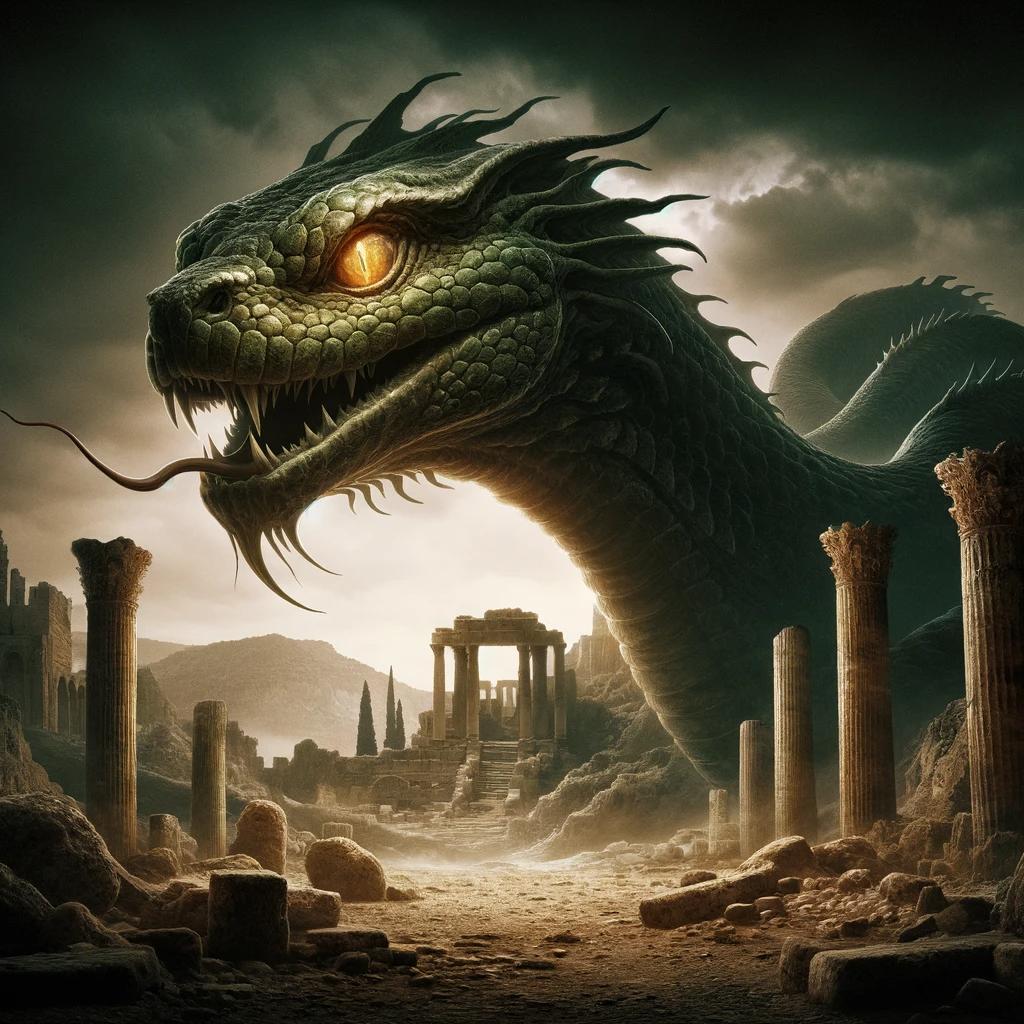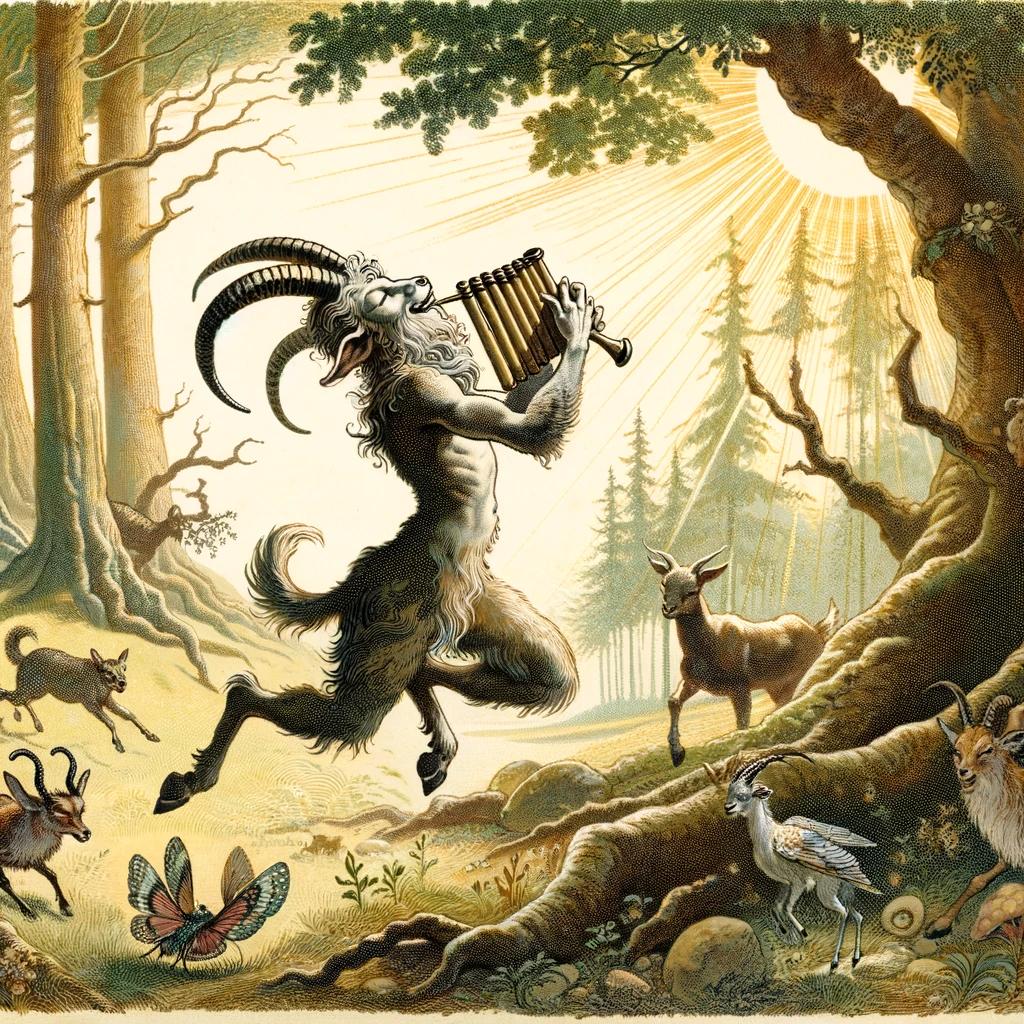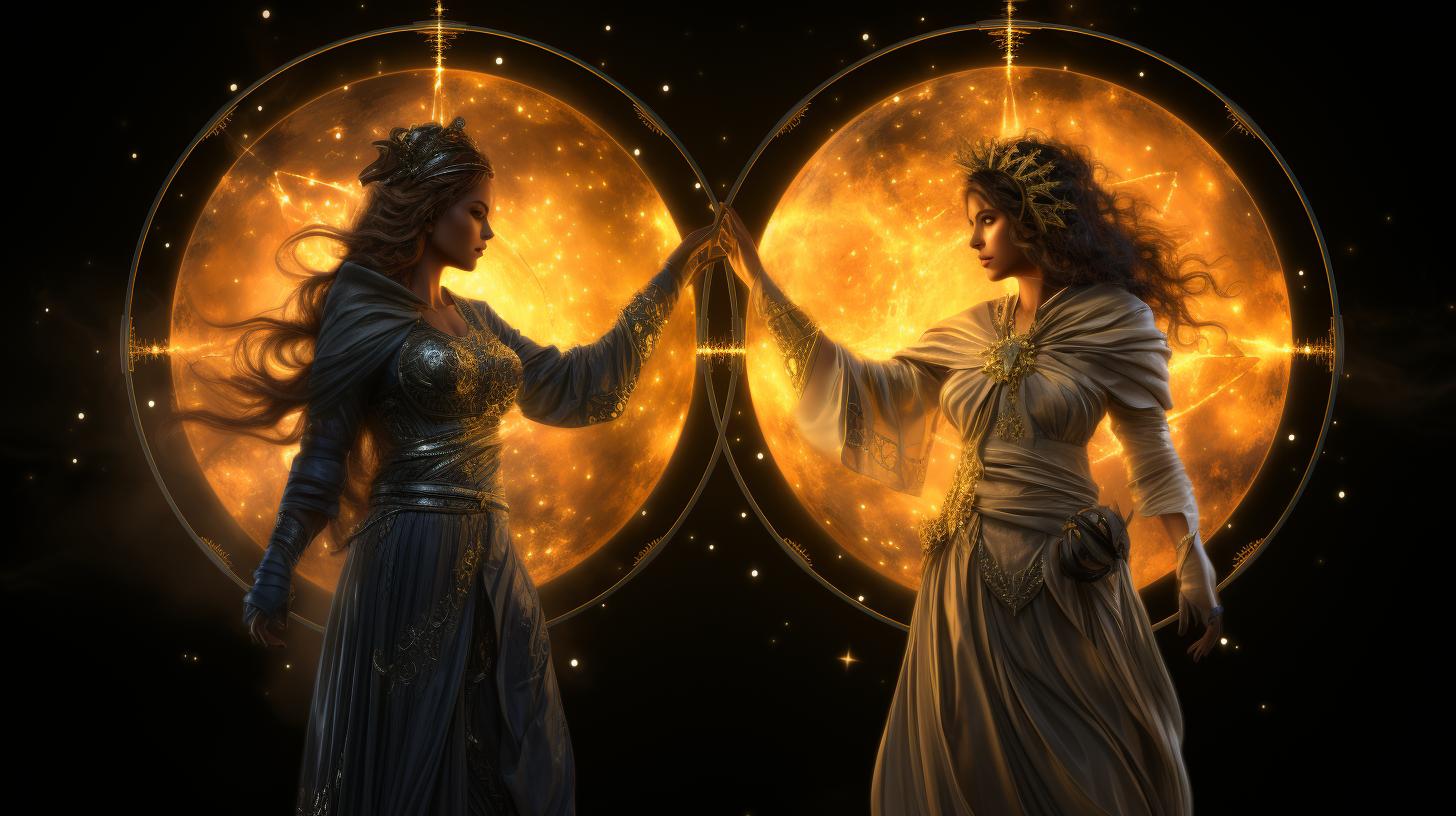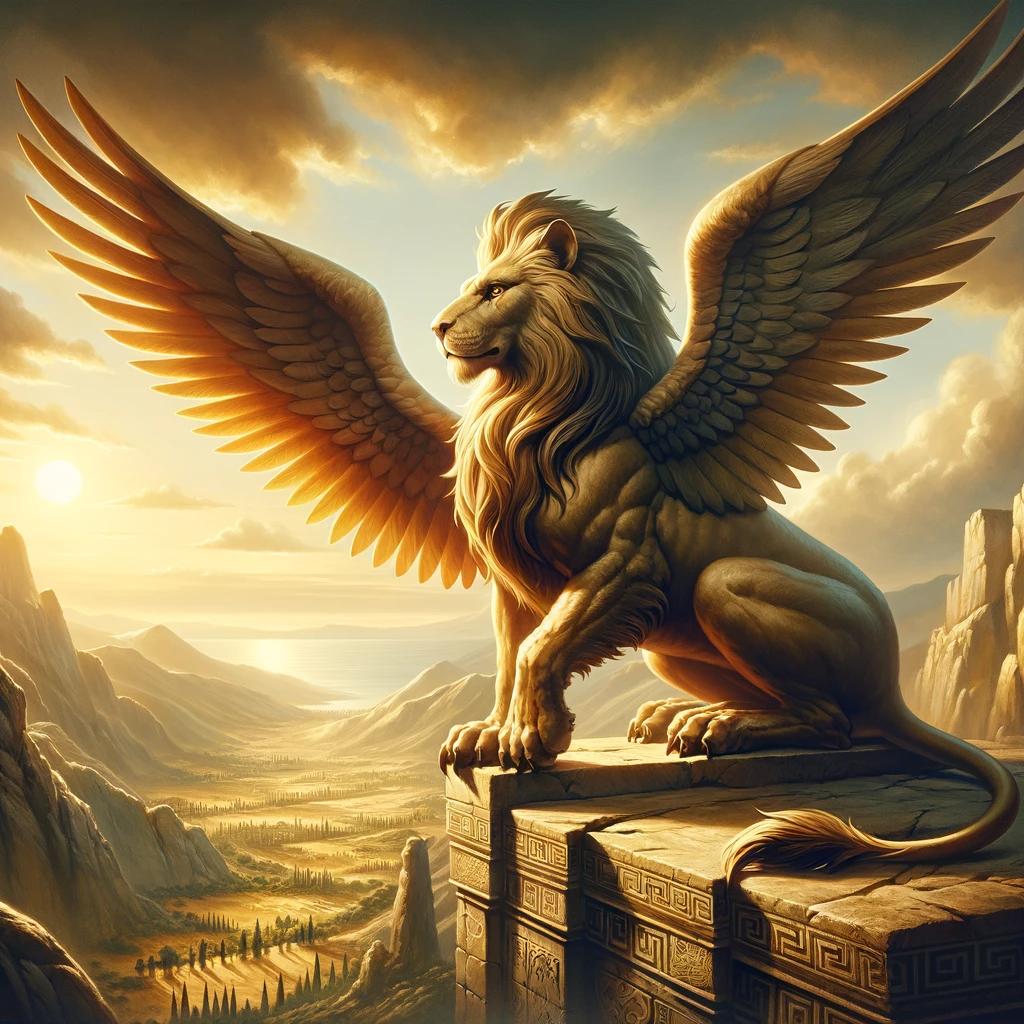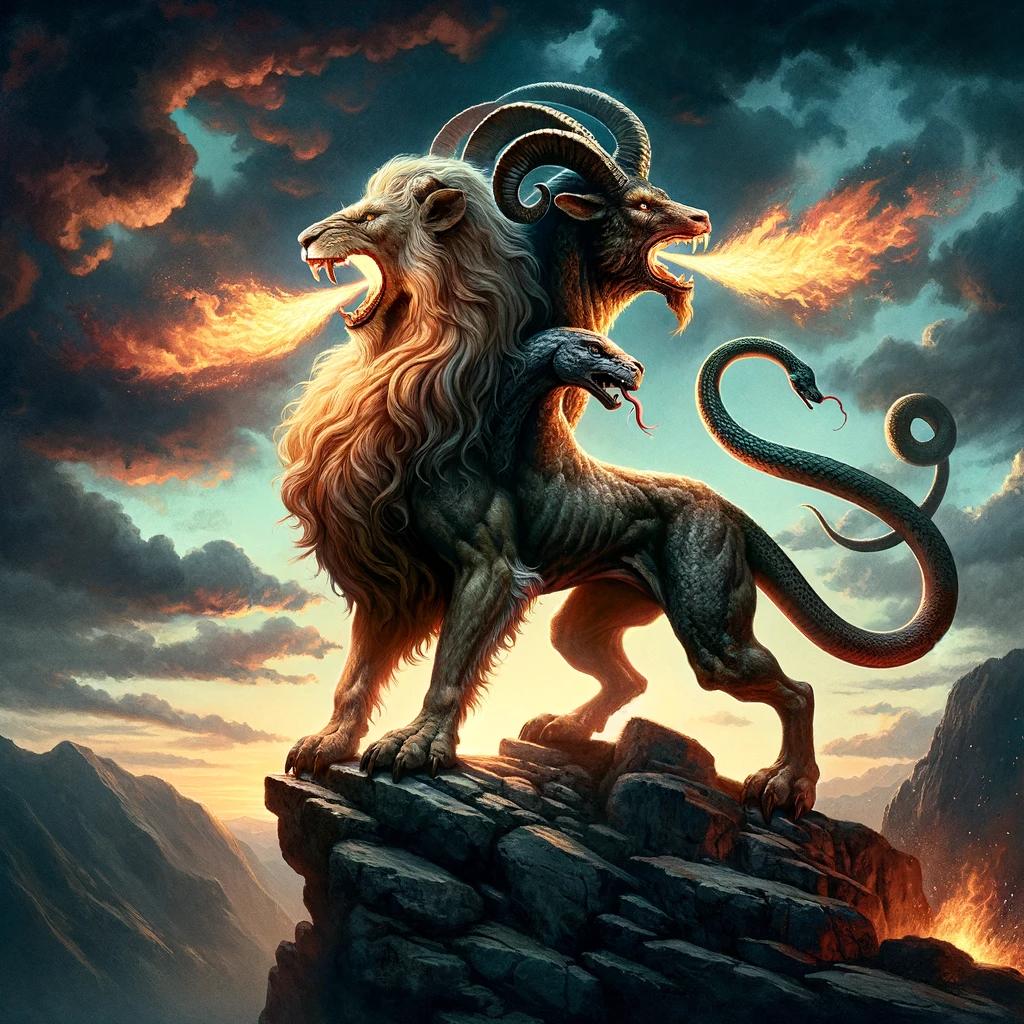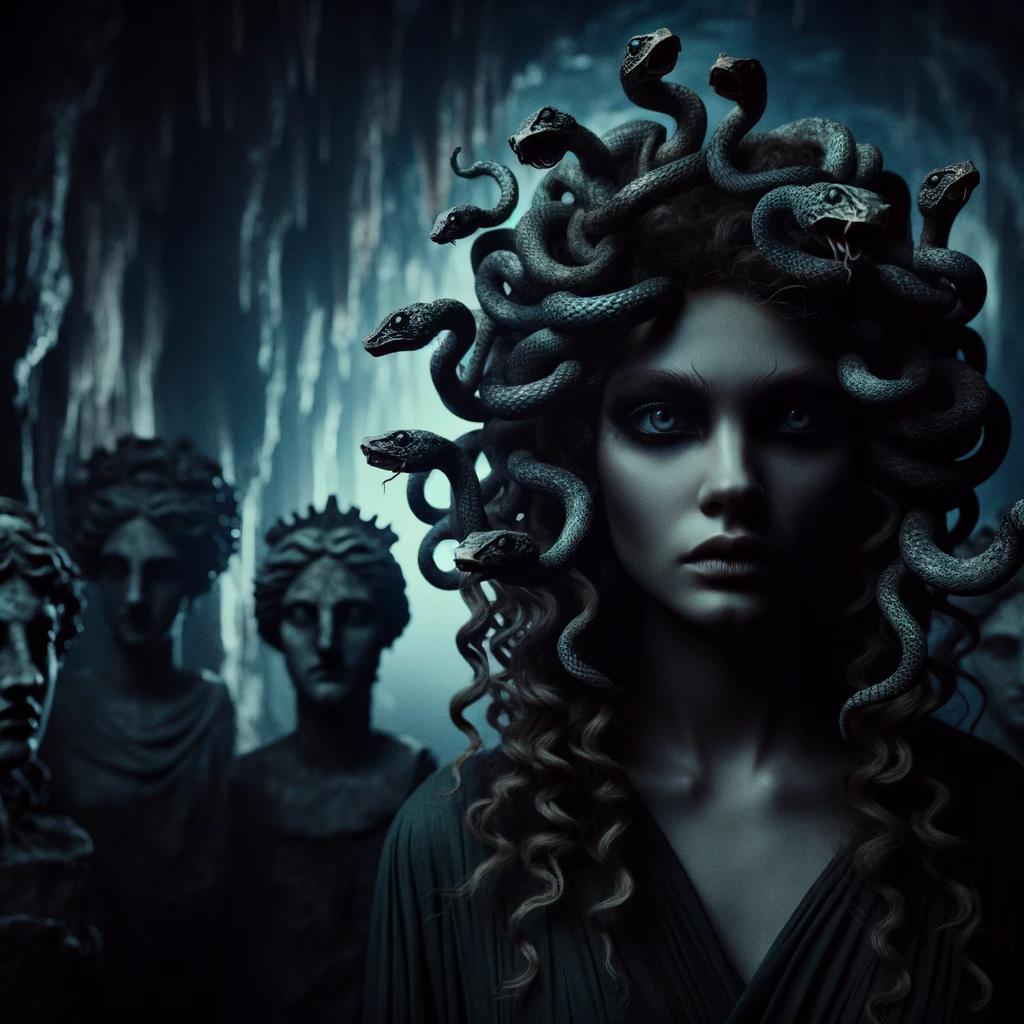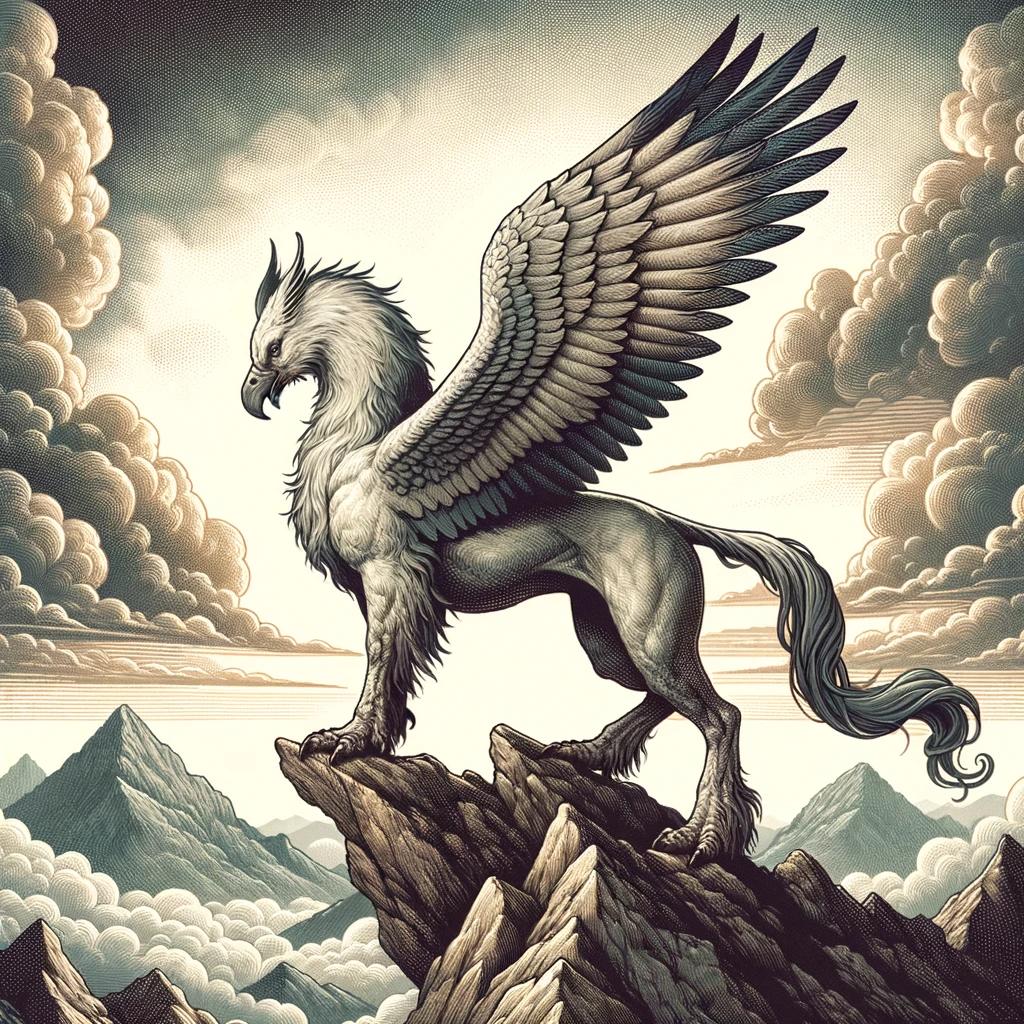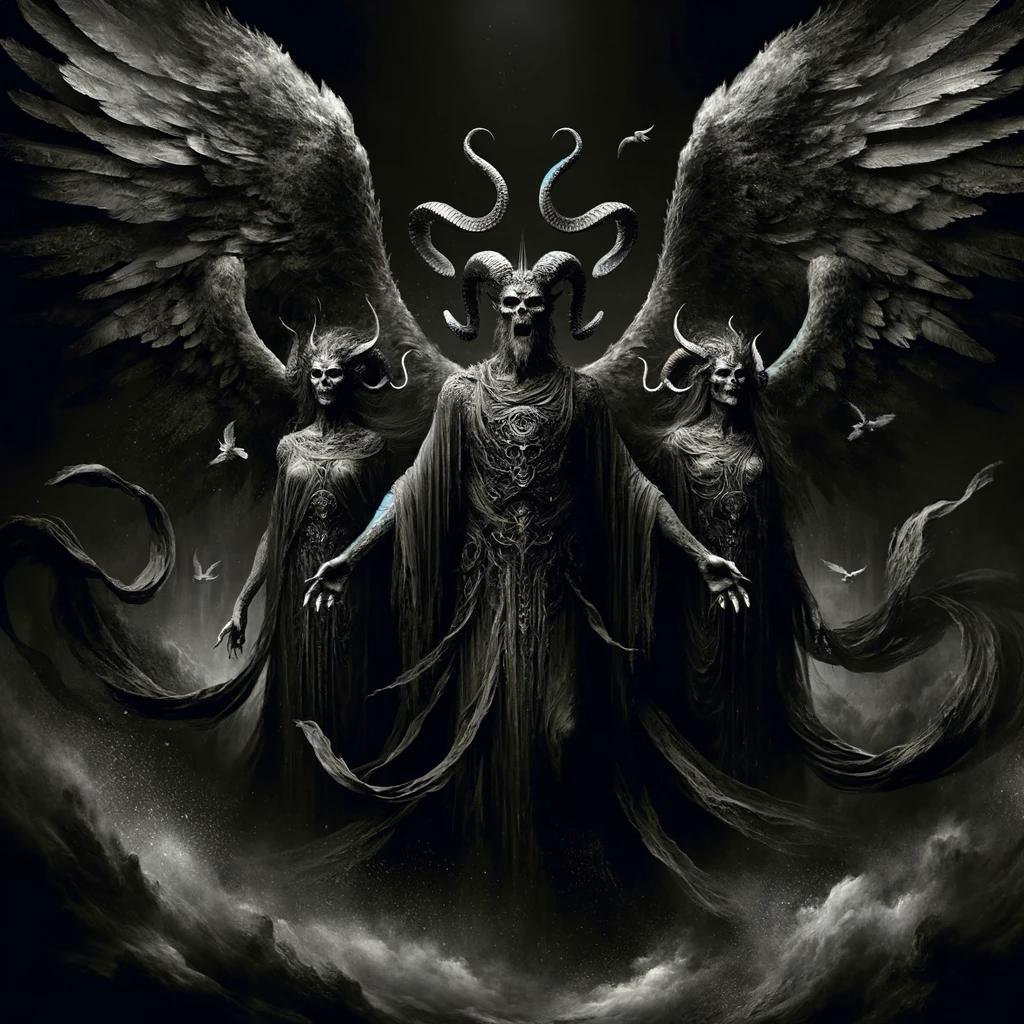Hemera and Nyx: Exploring the Mythical Duo of Day and Night
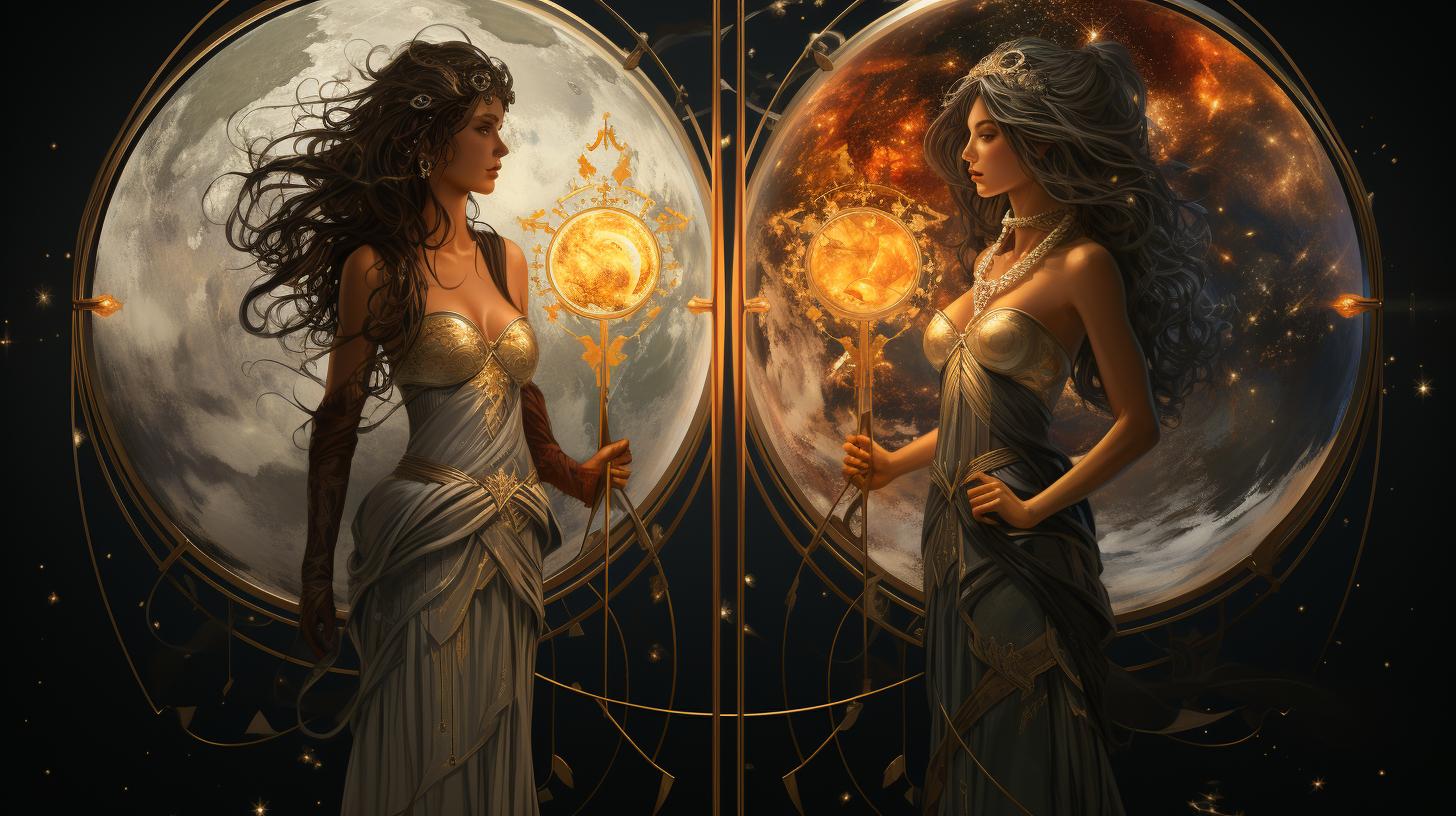
Hemera and Nyx are prominent figures in Greek mythology, representing the contrasting forces of day and night. Hemera, often regarded as the personification of daylight, is said to be the daughter of Erebus and Nyx. However, other versions suggest that she may be the offspring of Cronos and Helios. Nyx, on the other hand, personifies the darkness of the night.
Their relationship is characterized by the fact that they are never present in the same house at the same time, as Hemera brings forth light while Nyx envelops everything in dark clouds.
Hemera’s importance can be seen in the discovery of an archaeological site dedicated to her and Helios on the island of Kos.
Hemera and Nyx in Greek Mythology
Hemera and Nyx play vital roles in Greek mythology, representing opposing forces within the cosmic order.
Hemera, often depicted as the personification of daylight, embodies the essence of the day, while Nyx personifies the darkness of the night. Their contrasting natures create a balance in the natural cycle, with Hemera bringing light and Nyx enveloping the world in shadows.
These two mythical figures are intricately connected within the Greek pantheon. In various accounts, Hemera is described as the daughter of Erebus and Nyx, emphasizing her significance as the primordial deity of the day.
However, other versions suggest that Hemera may have emerged from the union of Cronos and Helios.
Their relationship is marked by a distinct separation. Hemera and Nyx are never present in the same domain simultaneously.
As Hemera unveils the light of day, Nyx withdraws to bring forth sleep and shroud the night in deep darkness. This eternal cycle represents the perpetual dance between day and night, maintaining a delicate equilibrium within the cosmos.
While Hemera is often portrayed as a divine entity rather than a anthropomorphic goddess, she is attributed with motherhood in certain accounts. Among her progeny are Gaia, Urano, and Tethys, further emphasizing her connection to the primal forces of the universe.
It is worth noting that Hemera’s role is sometimes conflated with that of Eos, the goddess of dawn. In certain depictions, Hemera is linked to guiding Orion, while Eos is associated with leading Cephalus.
This ambiguity raises debates regarding whether they are separate entities or represent different facets of a single divine figure.
Despite the lack of evidence indicating specific cult worship dedicated solely to Hemera during ancient times, archaeological remnants have been discovered, revealing a small sanctuary devoted to Hemera and Helios on the island of Kos.
These findings suggest that Hemera held a certain level of importance in the ancient Greek society.
The Genealogy of Hemera and Nyx
The genealogy of Hemera and Nyx, the contrasting figures in Greek mythology, has been a subject of debate and variations in different versions of the myth. In some accounts, Hemera is described as the daughter of Erebus and Nyx, while in others, she is attributed to Cronos and Helios as her parents.
Hemera as the Daughter of Erebus and Nyx
According to one version, Hemera is believed to be born from the union of Erebus, the personification of darkness, and Nyx, the embodiment of night. In this lineage, Hemera represents the light that emerges at the break of dawn, dispelling the darkness.
Her connection to Nyx, the bringer of night, creates a stark contrast between light and darkness in the mythological narrative.
Other Versions: Hemera as the Daughter of Cronos and Helios
However, alternative versions of Hemera’s genealogy suggest that she is the offspring of Cronos, the titan associated with time, and Helios, the personification of the sun.
This lineage implies that Hemera’s role as the personification of day is closely linked to the passage of time and the sun’s presence in the sky.
These different versions of Hemera’s parentage add complexity to her character and highlight the diverse interpretations within Greek mythology.
While some sources align her more closely with Erebus and Nyx, others emphasize her connection to Cronos and Helios.
The Relationship between Hemera and Nyx
The relationship between Hemera and Nyx in Greek mythology is characterized by their stark contrast and their distinct roles in the cosmic order.
Hemera and Nyx: The Contrast between Day and Night
Hemera personifies the light of day, representing illumination and life, while Nyx embodies the darkness of the night, symbolizing mystery and rest.
They are polar opposites, each bringing forth their own unique qualities and experiences.
Hemera and Nyx: Never in the Same House
Hemera and Nyx are believed to never be present together, as their realms are mutually exclusive. Hemera brings the daylight, with its warmth and visibility, while Nyx envelopes the world in her dark embrace, bringing the quiet stillness of the night and the allure of dreams.
These contrasting aspects of Hemera and Nyx create a delicate balance in the cosmic cycle, ensuring that the day and night transition seamlessly.
Hemera: The Personification of Day
Hemera plays a crucial role in Greek mythology as the personification of daylight.
She is revered as a divine entity, often depicted as a force rather than an anthropomorphic goddess. Hemera’s significance lies in her ability to bring forth light and illuminate the world, serving as a stark contrast to the darkness personified by Nyx.
Hemera as a Divine Entity
Hemera stands out among the deities of Greek mythology due to her unique representation as a divine force.
While other gods and goddesses often embody human-like qualities, Hemera carries the essence of the day itself. As the personification of daylight, she holds immense power over the illumination of the world.
Through her presence, Hemera brings clarity, warmth, and vitality to all living beings.
Hemera’s Children in Greek Mythology
Though Hemera is primarily associated with her role as the personification of day, various accounts attribute children to her. In Greek mythology, Hemera is believed to have mothered Gaia, the primordial goddess of the Earth, as well as Urano, the god of the heavens, and Tethys, the goddess of fresh water.
These offspring further emphasize Hemera’s connection to the natural world and the fundamental aspects of existence.
Furthermore, Hemera’s children play significant roles in the cosmogony of Greek mythology.
They contribute to the creation and organization of the world, reflecting Hemera’s influence in shaping the celestial and terrestrial realms. Gaia, Urano, and Tethys embody essential forces within the cosmos, perpetuating Hemera’s divinity throughout the ancient Greek belief system.
Hemera and Eos: A Case of Mistaken Identity
Within Greek mythology, there has been some confusion and debate surrounding the identities of Hemera and Eos. In certain depictions, they are even considered to be the same entity with different names.
One particular area of uncertainty is their association with the figures Orión and Cephalus.
According to some versions, Hemera is responsible for carrying Orión, while others claim it is Eos who transports Cephalus.
Interestingly, there are even accounts that describe both goddesses carrying Cephalus, further blurring the lines between Hemera and Eos.
These conflicting portrayals raise questions about whether Hemera and Eos are truly distinct deities or if they represent different aspects of the same divine figure.
It is important to note that Eos is often associated with the dawn, while Hemera embodies the concept of daylight. This connection between Eos and the dawn may have contributed to the confusion and conflation of their identities.
While the exact nature of Hemera and Eos’ relationship remains uncertain, their connection to the cycles of light and darkness in the mythological world is evident. They play integral roles in the cosmic order, one bringing forth the dawn and the other ushering in daylight.
The ambiguity surrounding their identities adds an intriguing layer to the mythology and leaves room for interpretation and speculation.
The Cult of Hemera in Ancient Greece
The ancient Greeks worshipped numerous deities, and while there is no concrete evidence of a specific cult dedicated solely to Hemera, she held significant importance in their cosmology. Her association with the worship of Helios is of particular interest, as both Hemera and Helios were revered for their role in bringing light to the world.
Discoveries on the Island of Kos
Archaeological findings on the island of Kos have provided insights into the cult of Hemera and Helios. The remains of a small sanctuary dedicated to these deities have been uncovered, indicating their worship by the ancient inhabitants.
The discovery consists of various artifacts and architectural elements, including altars, votive offerings, and inscriptions dedicated to Hemera and Helios. These findings suggest that the sanctum served as a center for worship and possibly rituals associated with the divine figures.
The Significance of the Sanctuary
The presence of a dedicated sanctuary to Hemera implies that she held a level of importance in ancient Greek religious practices. The fact that the sanctuary was shared with Helios further emphasizes the association between light and the concept of day, which Hemera personified.
It is likely that worshippers visited the sanctuary to seek Hemera’s blessings for a prosperous day and to express gratitude for the light she brought. The sanctuary’s existence indicates that Hemera was acknowledged and revered alongside other prominent deities of the time.
In conclusion, though there is no direct evidence of a specific cult devoted solely to Hemera, the discovery of a sanctuary dedicated to her and Helios on the island of Kos suggests her significance in ancient Greek religious practices.
Her association with the worship of Helios further strengthens her role as a bringer of light and symbol of day in the pantheon of Greek gods.











